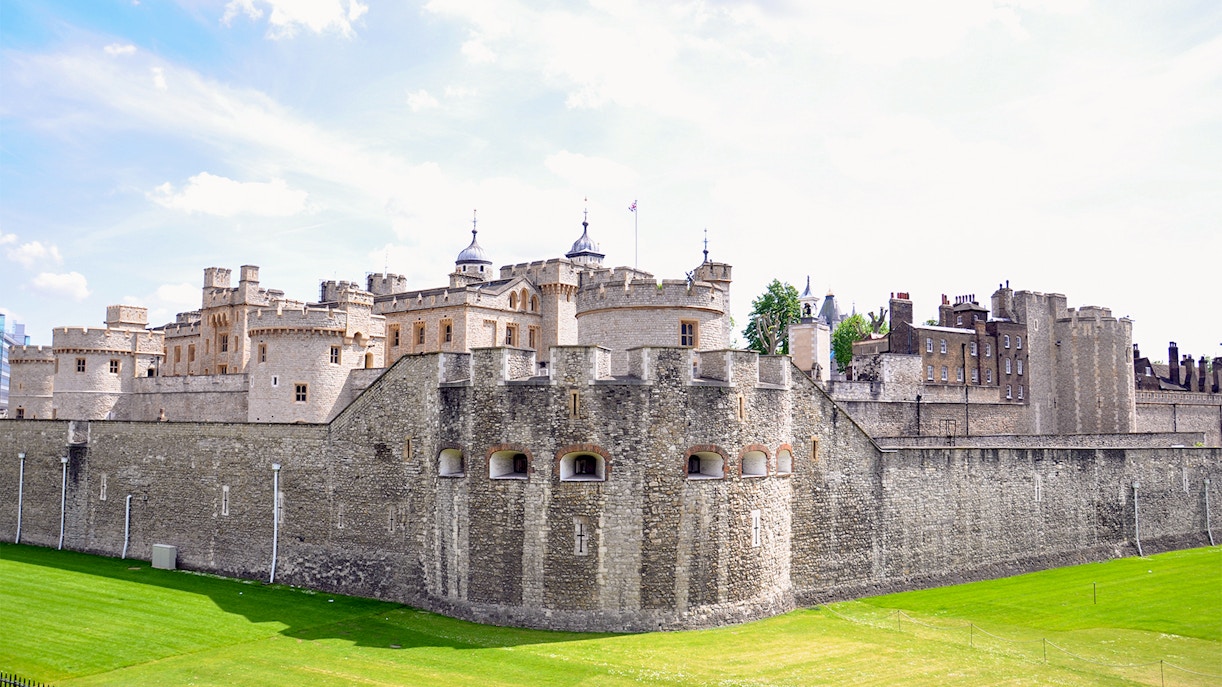Following his victory, William the Conqueror strategically chose the Thames riverside for a powerful fortress, marking the genesis of the Tower of London as a symbol of Norman control.
Strategically positioned on the Thames, the Tower of London's story spans nearly a millennium with the construction of the White Tower around 1078. Initially a royal residence, it evolved into a fortress, prison, royal mint, and armory. Today a UNESCO site, the Tower safeguards the Crown Jewels and continues to narrate England's history through its legends.
Construction of the Tower of London began in 1066, shortly after William the Conqueror triumphed at Hastings. He commissioned the White Tower in 1078 to solidify his power, built from durable Caen stone to represent authority. Designed by Gundulf, it included thick walls and arrow slits for defense. Over the centuries, it expanded into a complex fortress, combining military might with royal prestige, capturing the imagination of all who come to visit the Tower.

The Tower of London is over nine centuries old.
The term "Tower of London" refers to the entire historic complex, but it specifically highlights the central structure known as the White Tower, which serves as the site's iconic symbol.
The first recorded execution at the Tower of London took place in 1483 when William Hastings was executed. However, it's important to note that many executions had occurred at the Tower prior to this event.
Approximately 22 executions have been documented within the Tower of London, with Anne Boleyn's execution on May 19, 1536, standing out as one of the most notable events in its history.
The Tower of London ceased to be used as a prison after 1952, marking the end of its role in incarceration.
During World War II, the Crown Jewels were concealed for safekeeping to shield them from potential bombings. This precaution ensured that these priceless symbols of British heritage remained protected amid the turmoil of war.
Originally constructed as a formidable fortress and royal residence, the Tower of London has undergone significant transformations throughout its history. It later served as a prison and treasury, reflecting its evolving role in British governance.













Tower of London Tickets with Access to the Crown Jewels
Combo: Tower of London + Tower Bridge Tickets
Combo (Save 5%): Tower of London + London Eye Tickets
Tower of London Guided Tour with Skip-the-Line Access
Combo: Tower of London Guided Tour + Thames River Cruise
Combo (Save 13%): London Eye + Thames River Cruise + Tower of London Tickets
Combo (Save 5%): Tower of London + St. Paul’s Cathedral Tickets
Combo (Save 21%): Tower of London Tickets + Hop-on Hop-off Bus Tour + Thames River Cruise